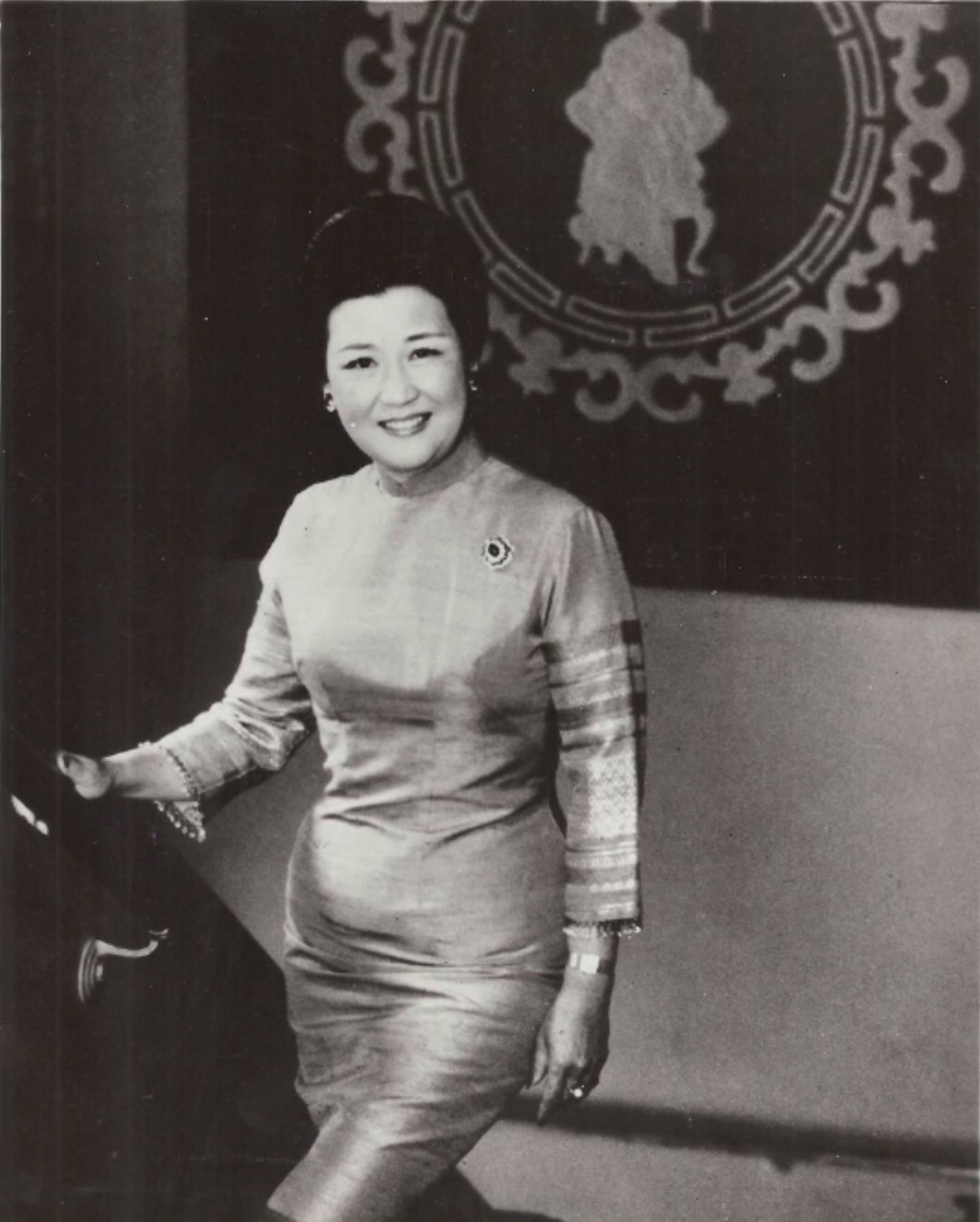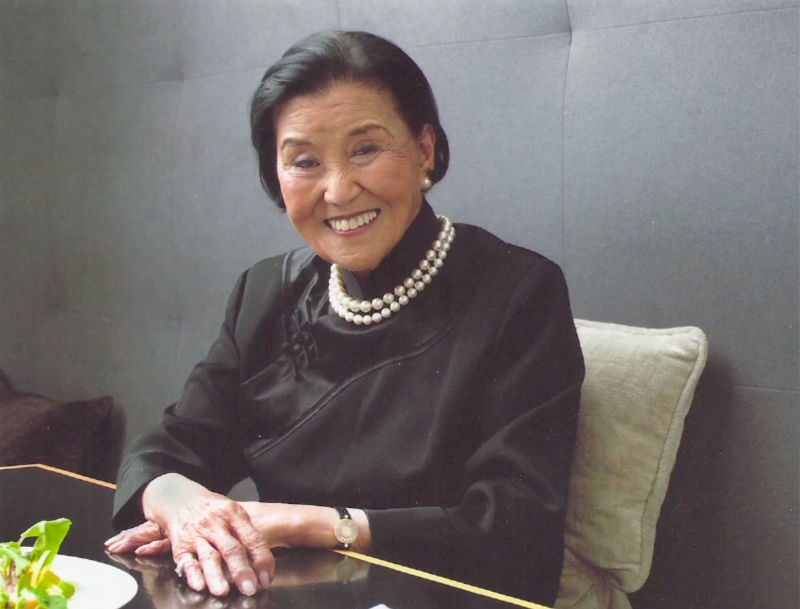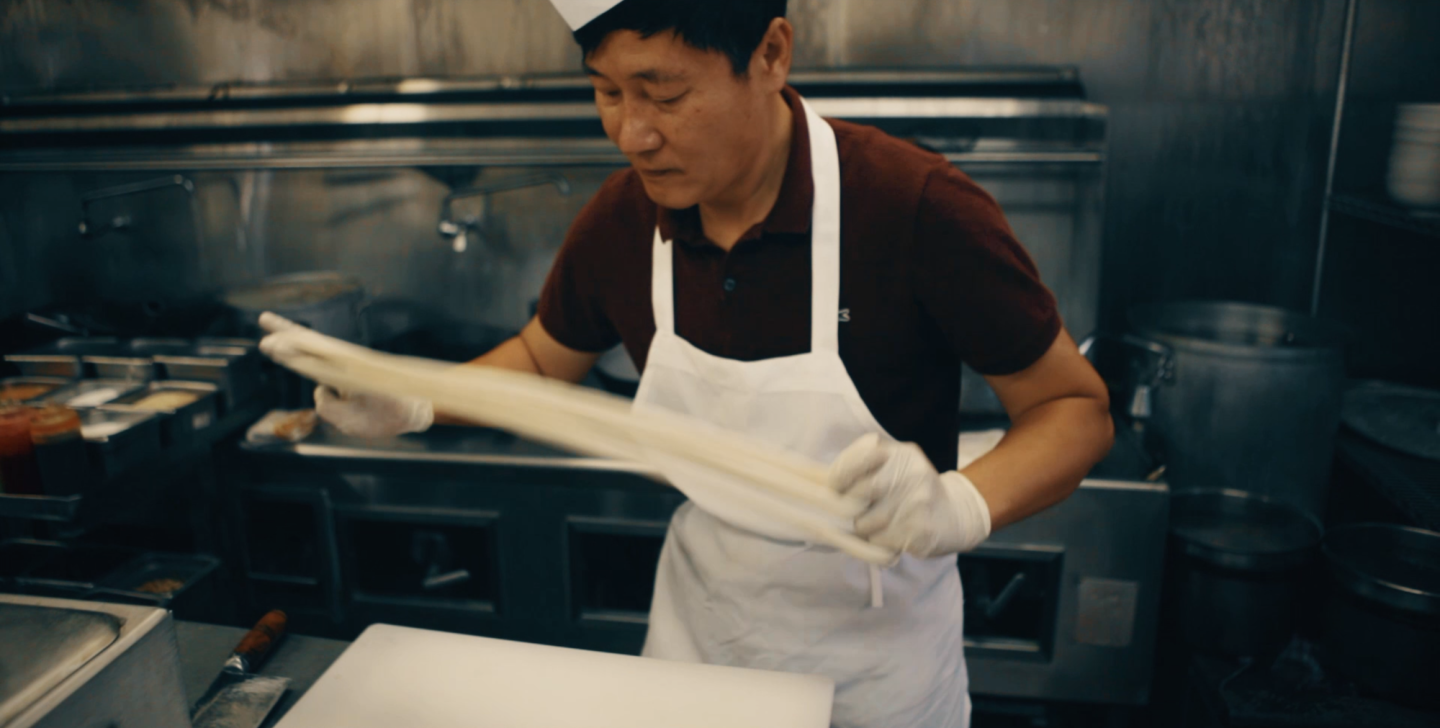Cecilia Sun Yun Chiang arrived in San Francisco in 1959 to spend time with her sister, who had just lost her husband to cancer. During her first visit to the city, Chiang secured a lease (impulsively? fatefully?) for some friends who wanted to open a restaurant. When that partnership fell apart, Chiang, with little previous business experience, became an accidental restaurateur. Unable to break her lease and unwilling to lose the $10,000 she had put toward the deposit, she decided to go ahead and open the restaurant in a small location on the north end of Polk Street. After sampling what then passed for Chinese food in the U.S. (chop suey, egg foo young, dishes she had never tasted before in China), Chiang opened The Mandarin to little fanfare in 1961, determined to introduce real Chinese food to the American palate.

After gaining (apparently) well-deserved and hard-earned notoriety, The Mandarin moved to a larger location on Ghirardelli Square, and Chiang began her mission in earnest, adding classes in traditional Chinese cooking to the restaurant’s menu. Alice Waters attended a handful of these lessons and became a lifelong friend, eventually comparing Chiang’s influence to Julia Child’s, who Chiang also schooled in the art of Chinese cuisine. When Waters’ famous Berkeley restaurant Chez Panisse celebrated its 40th anniversary a few years back, Chiang paid tribute to their decades-long friendship by preparing a traditional Chinese banquet, which was captured on film by Wayne Wang (The Joy Luck Club, Chan Is Missing). That project blossomed into Wang’s Soul of a Banquet documentary celebrating the restaurateur’s life and influence.
Now, with San Francisco so famous for its cuisine, it is almost impossible to imagine what food in the city must have been like back in the day. We will never understand the influence of pioneers like Chiang. We cannot know the world as it was before them, but must be careful to remember their efforts as we enjoy the fruits of their labor.
It is interesting to consider how changes in thinking about food magnify, ripple and ultimately modify the culture. Food is so basic to identity, which is why the Center for Asian American Media (CAAM) began its CAAMFeast a couple years back. CAAMFeast celebrates “the ways cultural memory and storytelling are passed down through food.” I thought it intriguing that the Center for Asian American Media was spotlighting chefs instead of filmmakers and asked Debbie Ng, CAAM’s Development and Communications Director about the connection between food and media. Ng replied, “As a cultural institution, we have always told stories about bridging and bonding — and food is a primary vehicle for that.”

